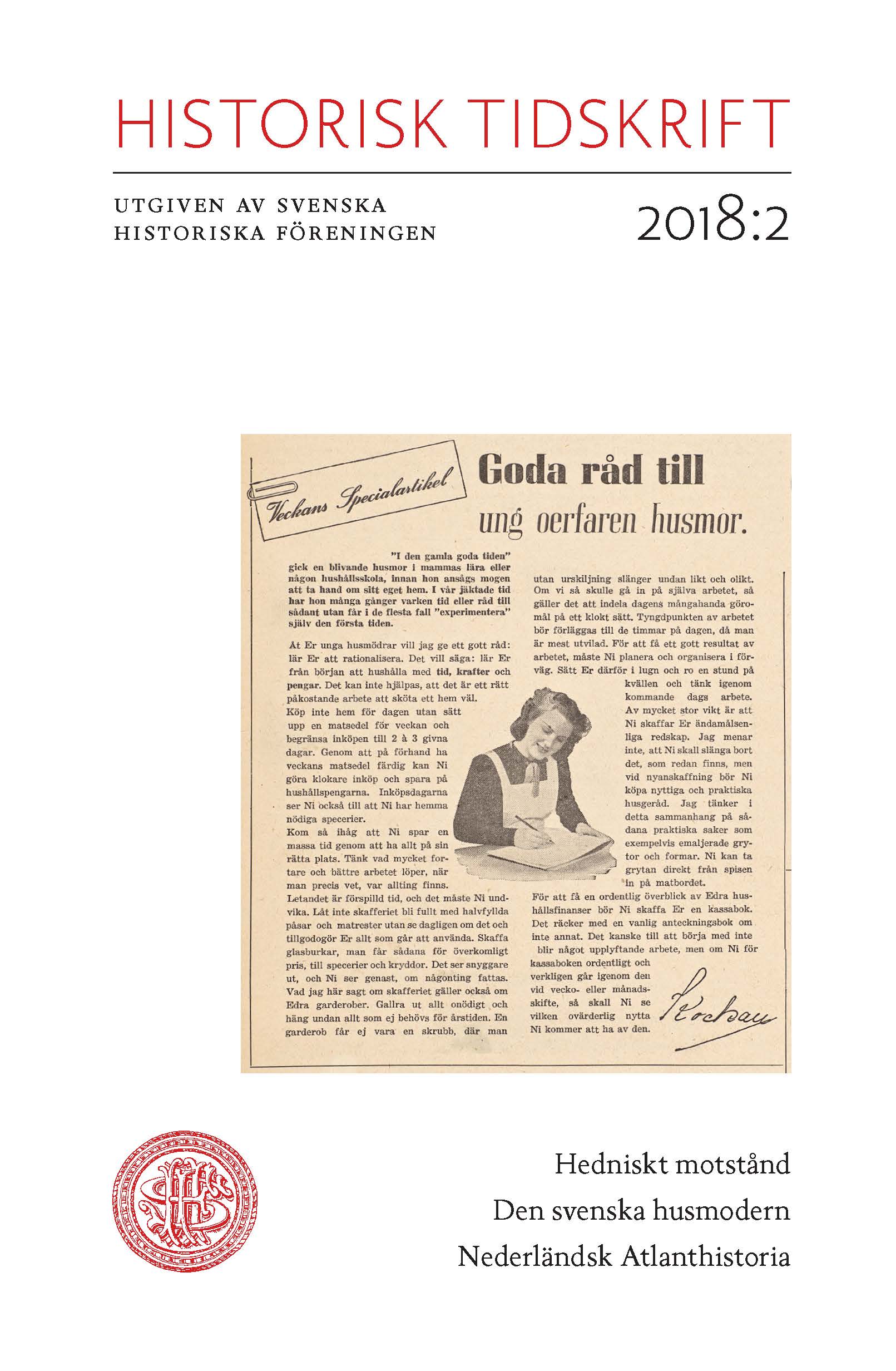Abstract
Houses, yards and sheds: Real property prices in Stockholm and Arboga, 1300–1600
The article explores real property prices in Swedish trading towns 1297–1600 based on c. 2 900 transactions in Stockholm and the smaller town of Arboga. A consumer price index has been used to deflate nominal prices into real values. The analysis shows that houses made of both stone and wood became cheaper over time. In 1500 prices, the median price of a stone house in Stockholm was 343 Swedish marks in the period 1297–1449 compared to 184 marks in the period 1550–1600. For wooden houses the same downward trend was evident: a drop from 84 marks in the first period to 52 marks in the second period. Part of the price decline is due to the fact that building plots became smaller, which suggests an increase in population in Stockholm. Declining real wages of labourers also exerted a downward pressure on the cost of building a house.
The slightly negative long-term trend in real property prices in Stockholm and Arboga, amounting to -0.3 and -0.1 percent per year, respectively, diverges from the strong decline in land prices in Eastern Sweden. This is an indication that the towns were less affected by the late medieval crisis than rural areas were. Plague outbreaks are shown to have affected real property prices in Stockholm, where prices fell during plague years, but quickly recovered afterwards. This pattern can be taken as an indication that real property prices were market prices that reacted to external shocks.
The analysis also reports tentative results of real property prices as an indicator of economic inequality. The Gini coefficient for Stockholm varied between 0.55 in the period 1297–1449 to 0.58 in the period 1450–1499. This is about the same level of inequality that has been calculated for Amsterdam in the mid-sixteenth century. The Gini coefficient for Arboga was also very similar to that of the Dutch towns taken as a whole. There is no clear trend in inequality over time in either Stockholm or Arboga.
Finally, the article discusses trends in female ownership of real property by investigating if the position of women in the real property market deteriorated during the period of study. Female sellers of property amounted to nearly 20 percent in Stockholm and Arboga, with no discernable time trend. Female property buyers were fewer, amounting to between three and six percent out of the total before 1500 and a somewhat higher percentage share in the sixteenth century.recovered afterwards. This pattern can be taken as an indication that real property prices were market prices that reacted to external shocks.
The analysis also reports tentative results of real property prices as an indicator of economic inequality. The Gini coefficient for Stockholm varied between 0.55 in the period 1297–1449 to 0.58 in the period 1450–1499. This is about the same level of inequality that has been calculated for Amsterdam in the mid-sixteenth century. The Gini coefficient for Arboga was also very similar to that of the Dutch towns taken as a whole. There is no clear trend in inequality over time in either Stockholm or Arboga.
Finally, the article discusses trends in female ownership of real property by investigating if the position of women in the real property market deteriorated during the period of study. Female sellers of property amounted to nearly 20 percent in Stockholm and Arboga, with no discernable time trend. Female property buyers were fewer, amounting to between three and six percent out of the total before 1500 and a somewhat higher percentage share in the sixteenth century.

